Excited about rooftop solar power
According to updated data, to date, Vietnam has had more than 100,000 rooftop solar power projects (RTSP) connected to the power system with a total installed capacity of nearly 9,296 MWp. The output of electricity generated from RTSP has contributed to ensuring electricity supply for the national power system.
It can be said that in recent years, the mechanism to encourage the development of solar power in Vietnam (Decision No. 11/2017/QD-TTg dated April 11, 2017 and Decision No. 13/2020/QD-TTg dated April 6, 2020 of the Prime Minister ) has brought about explosive growth for renewable energy in general and solar power in particular in Vietnam.
To date, the total installed capacity of solar power nationwide has reached about 19,400 MWp (of which nearly 9,300 MWp is rooftop solar power), equivalent to about 16,500 MW - accounting for about 25% of the total installed capacity of the national power system.
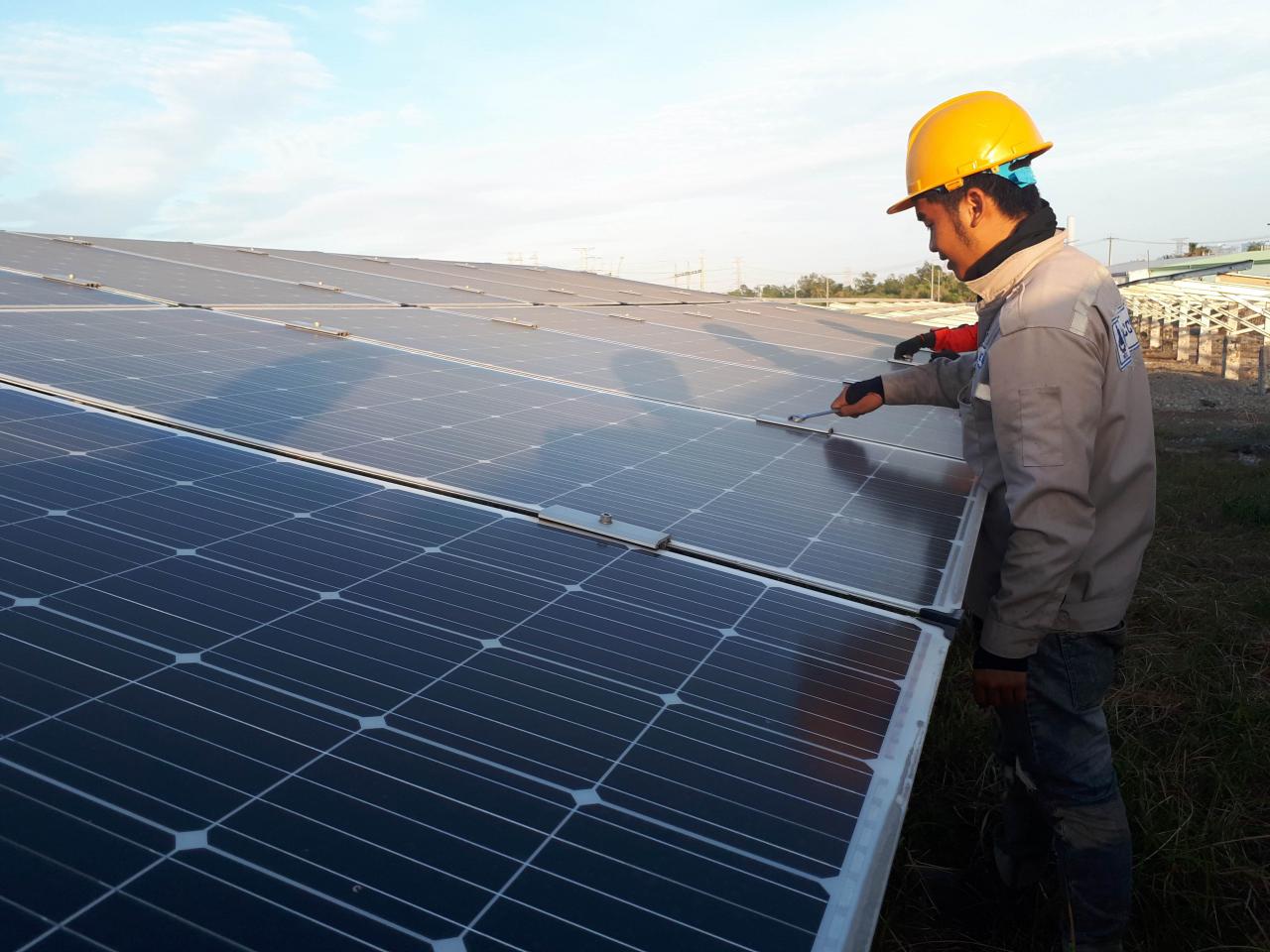
Recently, Vietnam Electricity Group (EVN) sent a document to the Ministry of Industry and Trade requesting the Ministry to soon issue guidelines for developing rooftop solar power without generating electricity to the grid.
Previously, EVN had a number of documents reporting to the Prime Minister on the ability to supply electricity nationwide and adjust load in the 2023-2025 period, reporting to the Deputy Prime Minister on the production, business and investment and construction activities of EVN, and reporting to the Ministry of Industry and Trade on the critical situation of electricity supply.
In these documents, EVN proposed to the Prime Minister and the Ministry of Industry and Trade solutions to ensure electricity supply, including the proposal to develop solar power sources in the North for the purpose of self-use for on-site use (no electricity generation to the grid - zero export) of electricity customers.
According to experts, the northern provinces still have a lot of potential for developing solar power, especially rooftop solar power, with the average daily radiation intensity in the northern region of about 4 kWh/m2/day, the number of sunshine hours in the year is about 1,500-1,700 hours. Meanwhile, the cost of solar power production is also decreasing rapidly.
Energy expert Ha Dang Son, Director of the Center for Energy and Green Growth Research, said: Decision 500 of the Prime Minister approving the VIII Power Plan mentioned creating maximum conditions and no restrictions for self-consumed rooftop solar power, but up to now there has been no policy mechanism to support the implementation of this orientation.
Waiting for mechanism
In a document recently sent to the Prime Minister, the Ministry of Industry and Trade said: In general, the Party's guidelines and policies, the State's policies and laws have demonstrated the spirit and viewpoint of development, promoting the exploitation and use of renewable energy for power generation. There needs to be a breakthrough policy to promote the development of renewable energy, in which rooftop solar power is prioritized for development for self-use.
However, the development of rooftop solar power is growing rapidly and spontaneously in all types (on residential roofs, commercial production and business factories, industrial parks, etc.). In addition, current laws do not have specific regulations on encouraged investment and installation subjects and sanctions for other subjects if there are violations.
On that basis, it is necessary to issue mechanisms and legal regulations to create a legal corridor for the development of rooftop solar power and measures to manage this subject.
Decision No. 500/QD-TTg dated May 15, 2023 of the Prime Minister approving the VIII Power Plan states that "self-produced and self-consumed rooftop solar power (serving on-site consumption, not selling electricity to the national power system)". Regarding this issue, the Ministry of Industry and Trade believes that self-produced and self-consumed for on-site consumption (same address of rooftop solar power installation or consumption for the load after the electricity meter has the same address of rooftop solar power installation).
According to the Ministry of Industry and Trade, in the case of self-generated and self-consumed rooftop solar power sources connected or linked (connected after the electricity meter) to the national grid but not selling electricity to the power system, the total additional capacity nationwide by 2030 will be 2,600 MW (power source structure at Point c, Clause 1, Section III, Decision No. 500/QD-TTg dated May 15, 2023 of the Prime Minister approving the Power Plan VIII).
In case the self-produced and self-consumed power source is not connected or linked to the national grid, the development capacity until 2030 may not be limited according to the requirements stated in Point c, Clause 1, Section III of Decision No. 500/QD-TTg dated May 15, 2023 of the Prime Minister approving the Power Plan VIII "Self-produced and self-consumed solar power sources are prioritized for development with unlimited capacity". In this case, it is possible to consider allowing organizations to buy and sell electricity on the condition that both the Source and Load are not connected to the national grid.
In addition, self-produced and self-consumed electricity sources are not yet regulated as subjects of electricity development. The Ministry of Industry and Trade proposes to include the content of "self-produced and self-consumed" in the program of developing the Electricity Law (amended) in the coming time to create a legal corridor applicable in practice, easy to manage, inspect, supervise the participating entities or report to the National Assembly Standing Committee for consideration according to the provisions of Clause 3, Article 19 of the Law on Promulgation of Legal Documents when drafting a decree.
Luong Bang
Source








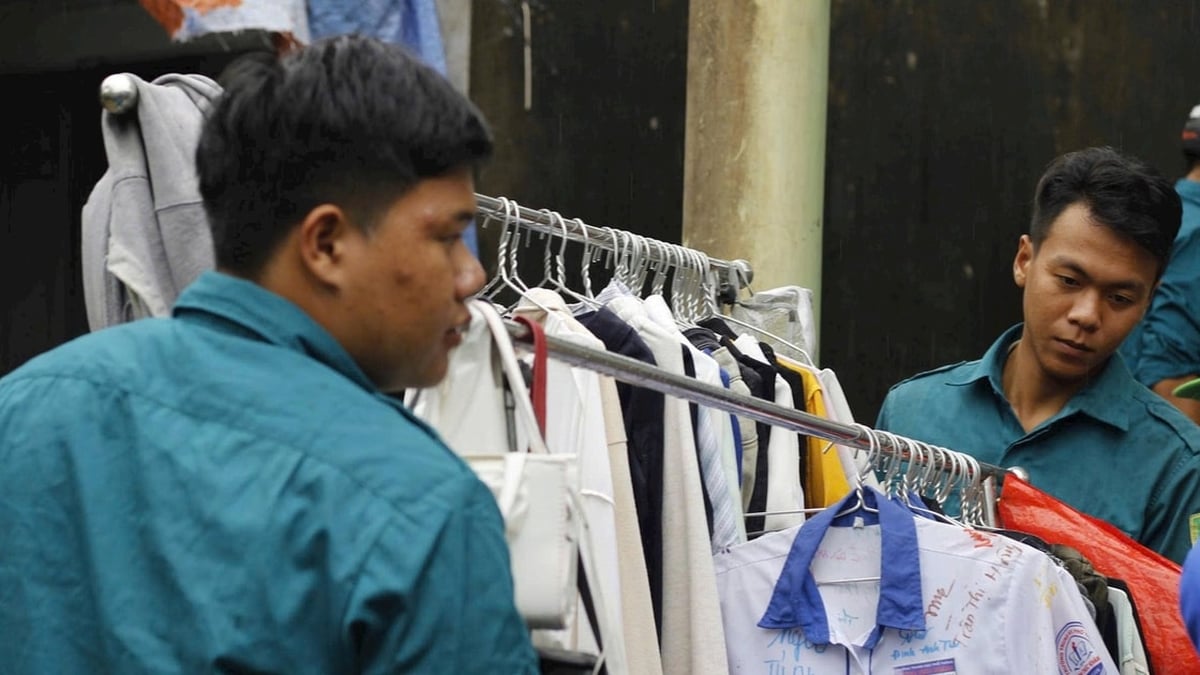
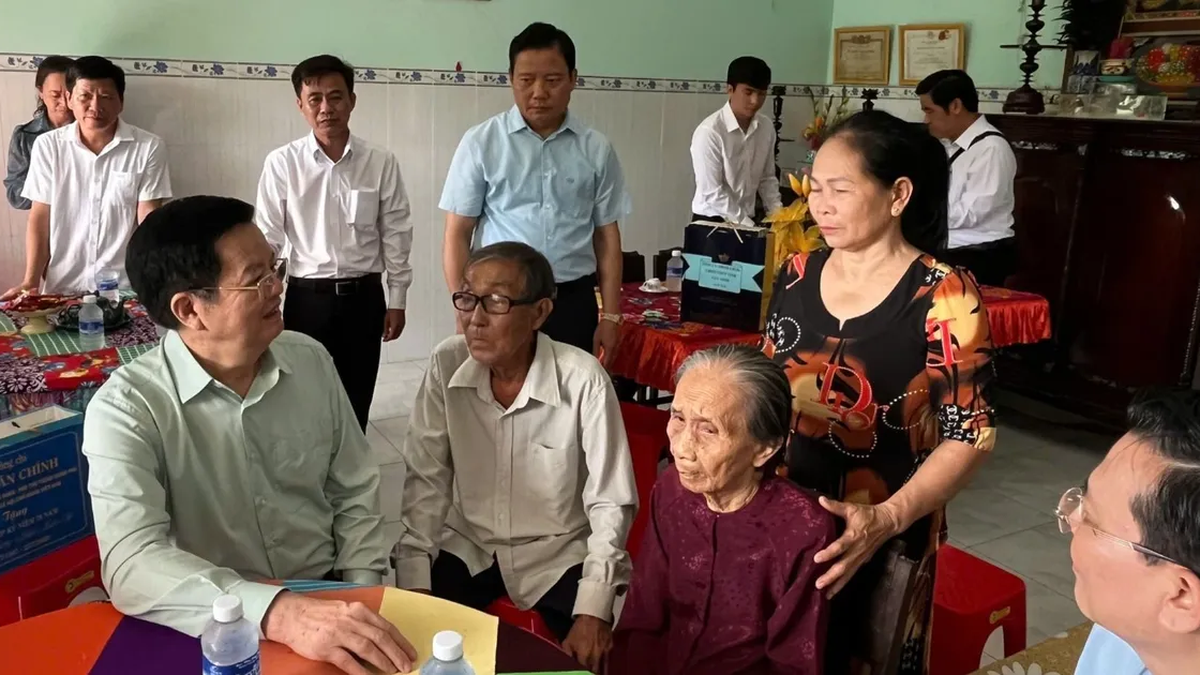
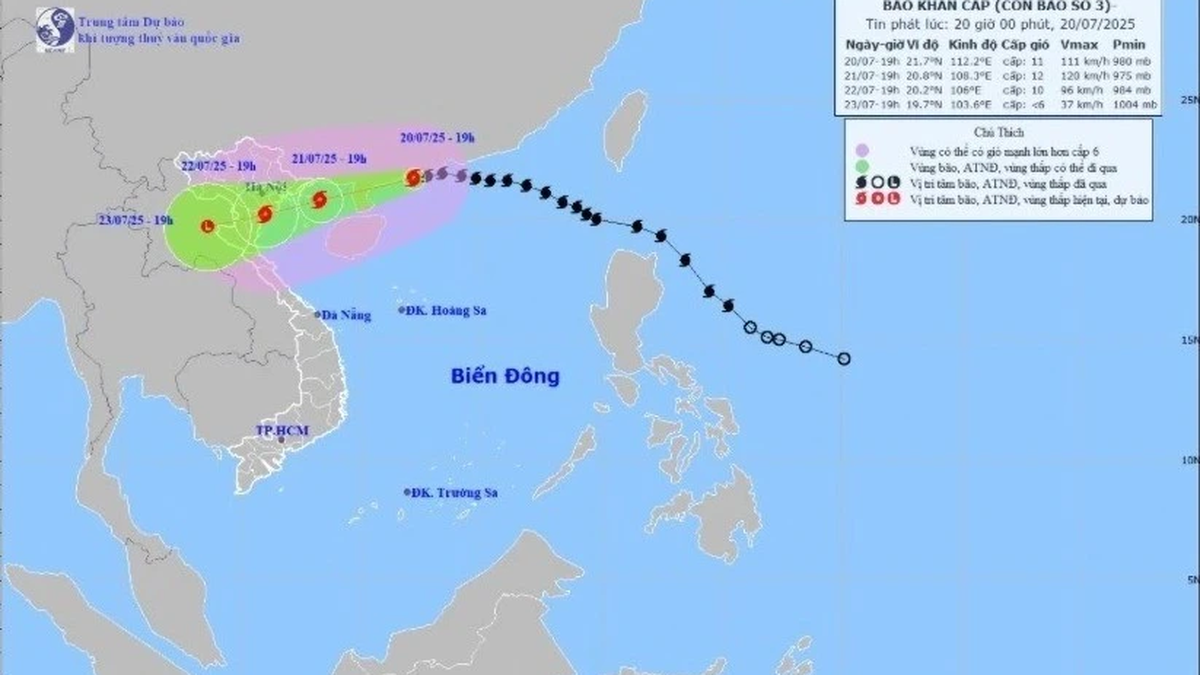
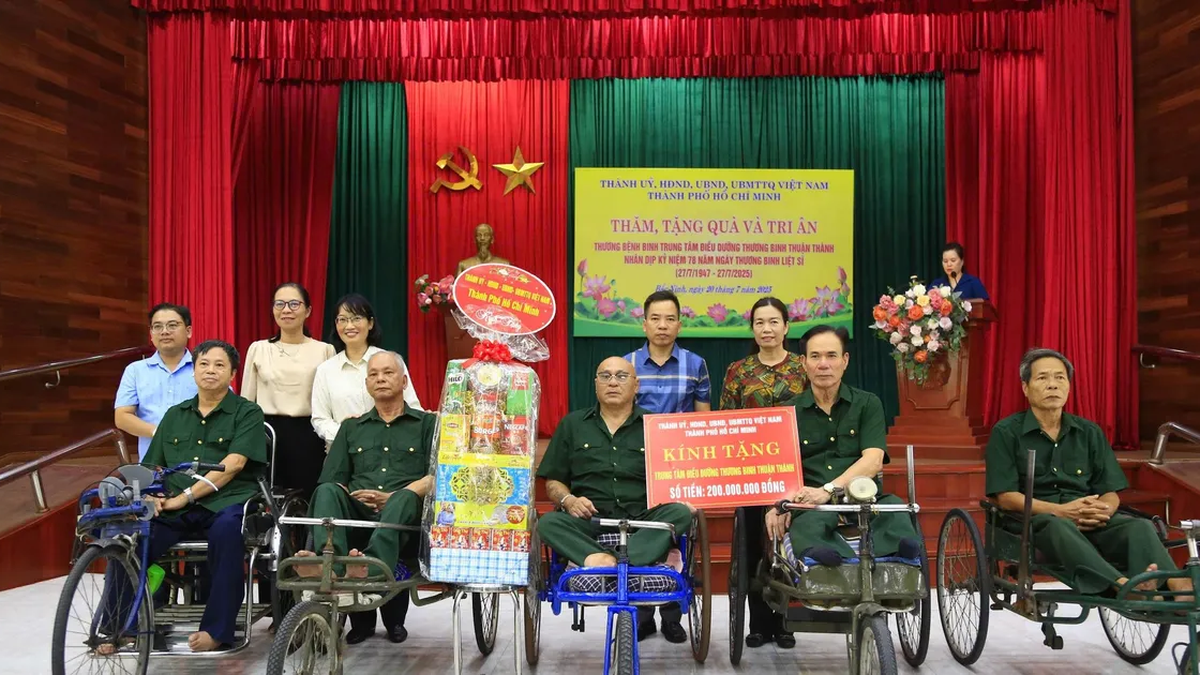













![[Photo] National Assembly Chairman Tran Thanh Man visits Vietnamese Heroic Mother Ta Thi Tran](https://vphoto.vietnam.vn/thumb/1200x675/vietnam/resource/IMAGE/2025/7/20/765c0bd057dd44ad83ab89fe0255b783)







































































Comment (0)